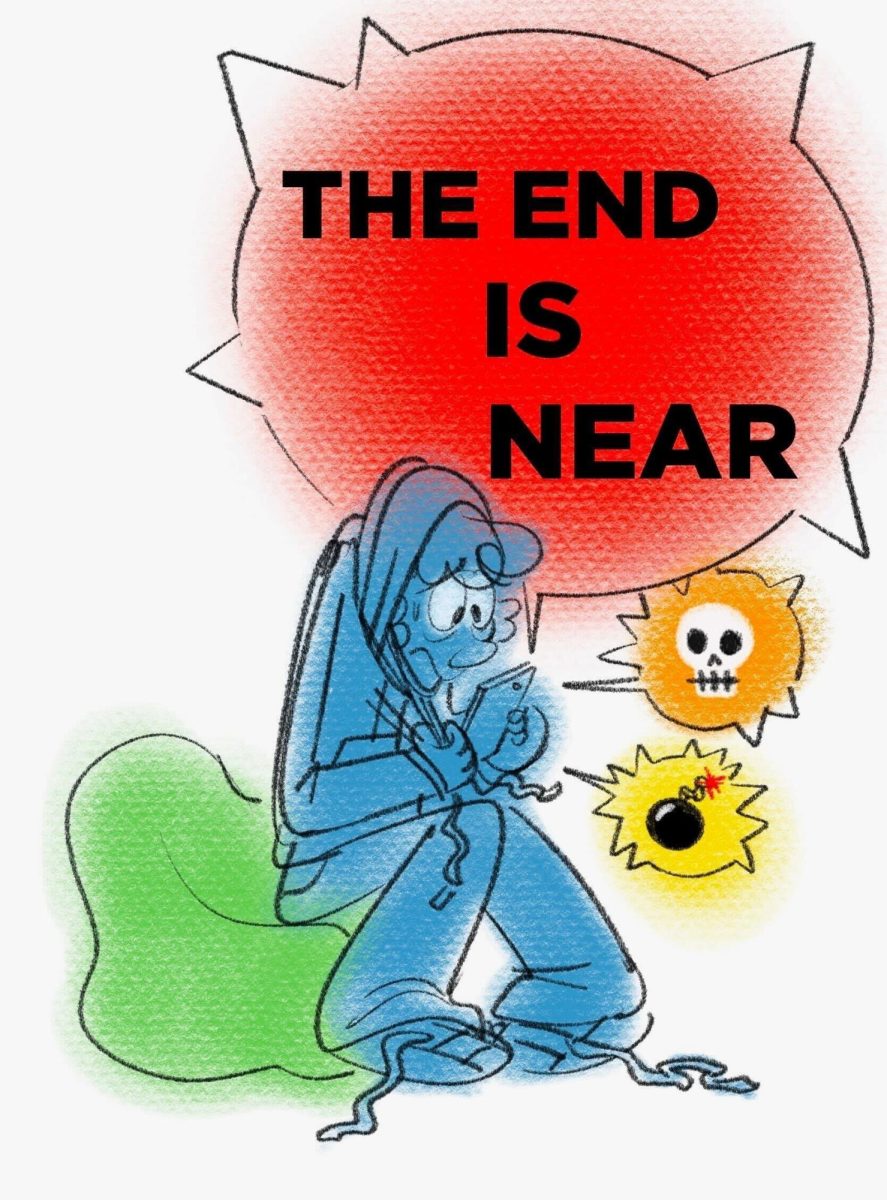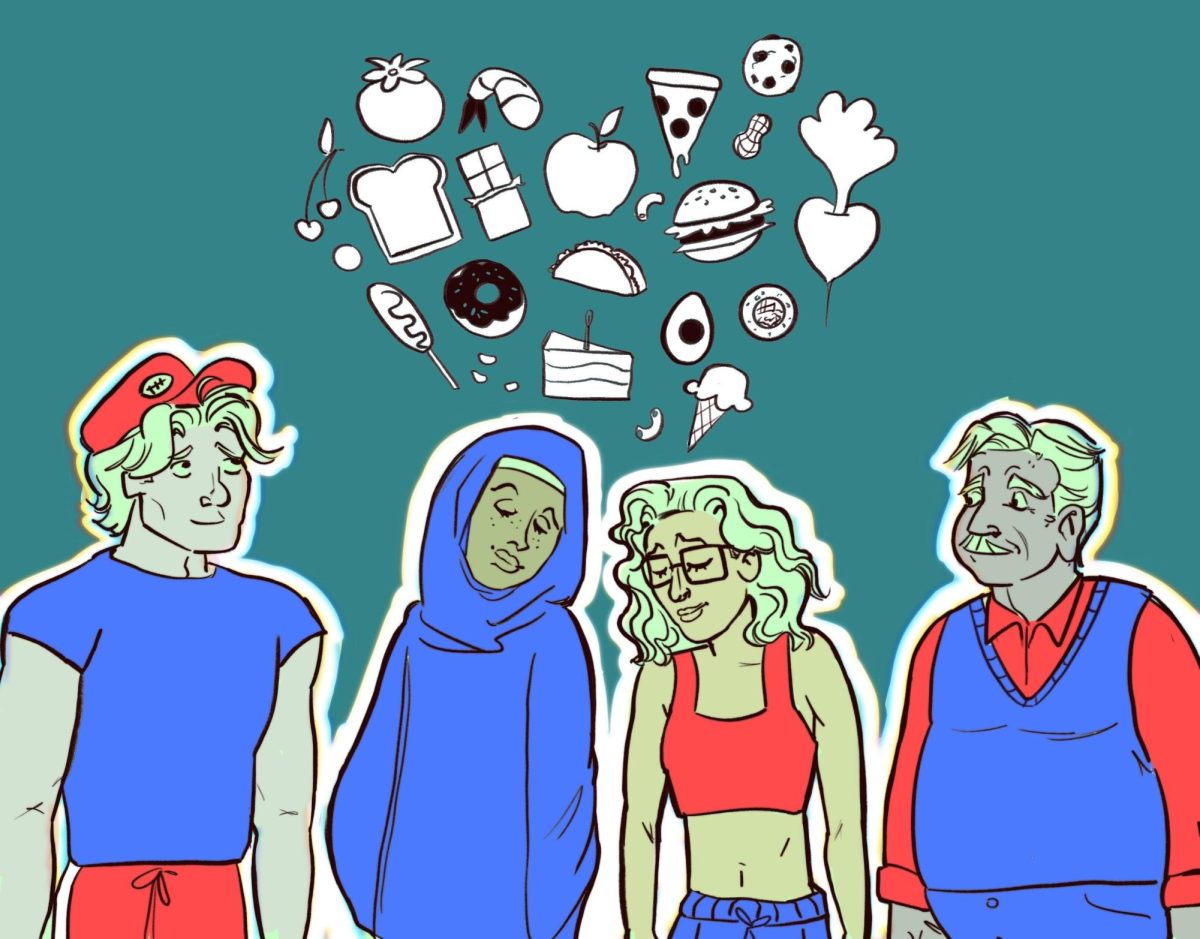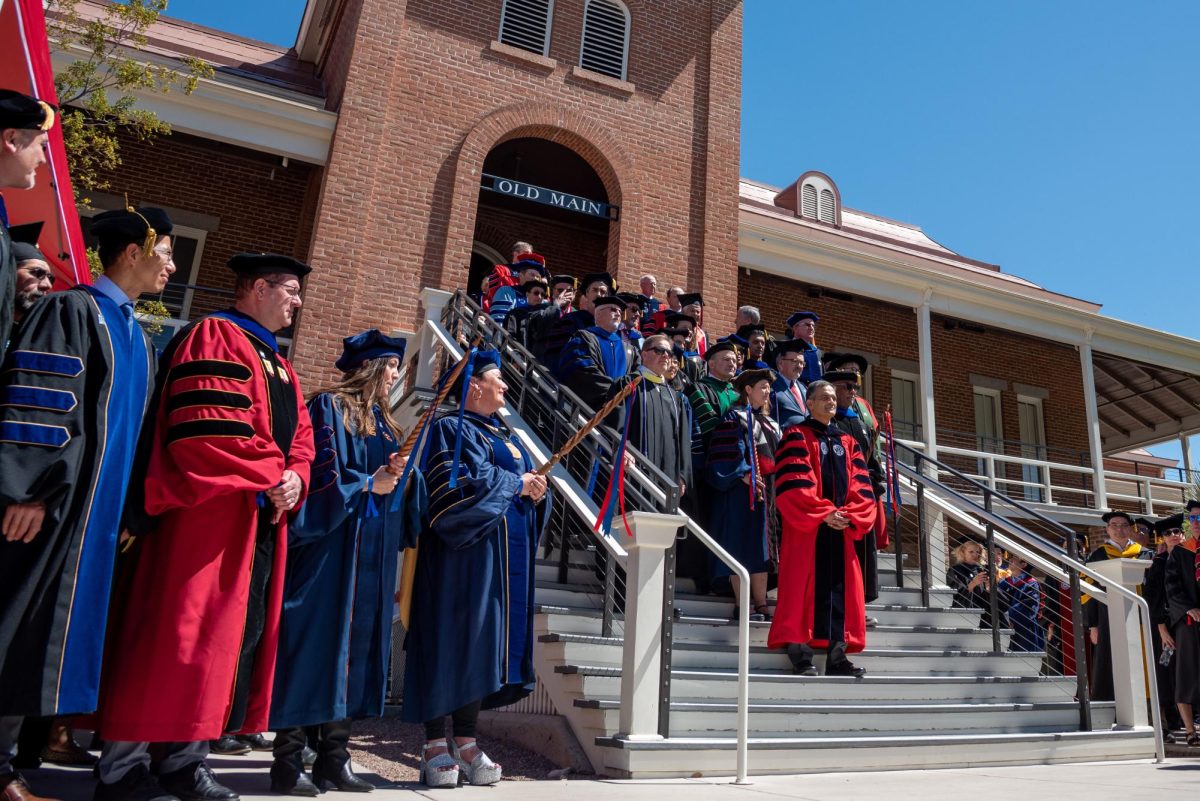Questions, Questioning and Questioners.
This is the theme of the exhibit “”The UA College of Medicine Medical Student and High School Student Research Programs (1981-2010): Creating a Community of Questioners for the Future,”” that opened Wednesday evening.
The exhibit is housed at the Arizona Health Sciences Library Java City Café and runs through Oct. 31.
The exhibit displays student research from The College of Medicine through pictures from labs, videos of student presentations and a virtual clinic research center.
“”It’s in cyberspace where students and researchers can present their work and ask questions,”” said Marlys Witte, director of the Medical Student Research Program and Summer Institute on Medical Ignorance.
The Medical Student Research Program allows medical students to work one-on-one with faculty in labs. The program has had 750 medical student researchers since being founded in 1981.
High school students can apply for the Summer Institute on Medical Ignorance and spend six weeks in a lab on campus. The institute has had 474 students since 1987.
Francisco Garcia, associate director of the Medical Student Research Program, said many students limit their possible career paths before even entering college.
“”We use (the institute) as a way to get people enthusiastic and excited about things possibly relevant as the years progress,”” Francisco Garcia said.
Many high school researchers in the program come from disadvantaged families. The program allows them to gain real-world lab experience for a stipend.
“”We pay them. Rather than flipping burgers, they do medical research,”” Wittes said. “”Many of them are continuing in medical research.””
The program focuses on students questioning both their own research and medical research in general.
“”Everyone is a graduating ignoramus at the end and they get their question mark t-shirt,”” Witte said.
Several students at the exhibit opening were part of the Summer Institute on Medical Ignorance during high school.
Franklin Garcia, a biomedical engineering junior, worked in a cytogenetics lab in the summer of 2007.
“”Our whole main project for the summer was to take our own blood and look at our chromosomes,”” Franklin Garcia said.
Franklin Garcia said the experience allowed him to explore his interest in science and in turn, helped him to decide on a biomedical engineering major at the UA.
“”Being exposed to that type of environment actually prepared me for labs in classes,”” Franklin Garcia said. “”Some material I learned over the summer applied later on.””
Amanda Valles completed her third year of medical school at the UA and is taking a year off for cardiology research. Valles was a high school researcher in a cardiology lab during the summer of 2001.
“”I think it definitely had a big impact on doing research,”” said Valles, who also participated in the Undergraduate Biology Research Program while at the UA.
Valles said her lab research was incomparable to high school classes.
“”I was able to talk to faculty,”” Valles said. “”And to know that something (in the lab) doesn’t just happen overnight.””







